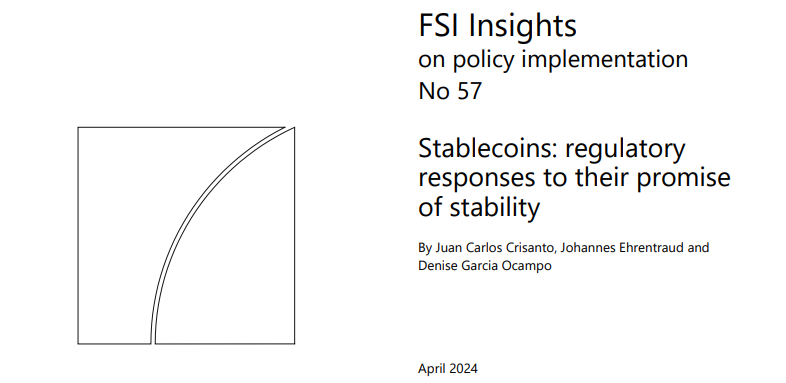To handle the intricate challenges of regulating stablecoins, the Bank for International Settlements (BIS) is calling for immediate international supervision.
A recent study by the Bank for International Settlements emphasizes the importance of creating a single regulatory system to tackle the issue of multiple regulations that prevent widespread use of stablecoins.
A BIS survey in 11 regions revealed various complex issues with the existing regulatory mosaic for stablecoins.
The division of monetary systems in this manner adds complexity for issuers in terms of compliance, while also increasing apprehensions regarding potential risks to the global monetary system’s stability.
Fragmented Regulations Stifle Stablecoin Innovation
One significant discovery from the BIS report is that varied regulations among different regions negatively influences the advancement of stablecoin technology. Dissimilar rules in various locations create doubt about who can issue these coins, what reserve amounts are necessary, and how anti-money laundering procedures should be implemented. This ambiguity hinders innovation and weakens the capacity of stablecoins to transform digital transactions.

In addition, the categorization of stablecoins is diverse from one country to another, causing uncertainty about their legal standing and how they can be redeemed. Some regions view stablecoins as equivalent to fiat-backed assets, while others take a different regulatory approach, even prohibiting certain types of stablecoins altogether.
Call For Harmonized Regulation Gains Momentum
With increasing worries about the fragmented regulatory environment surrounding stablecoins, the Bank for International Settlements recommends taking swift steps to align regulations internationally.
International organizations like the IMF and FSB underscore the significance of a uniform regulatory system regarding stablecoins. They stress the value of regulatory cooperation to tackle the issues presented by these digital currencies.

John Deaton, a well-known lawyer in the cryptocurrency field, emphasizes the importance of unified regulation for the industry. He points out that Senator Elizabeth Warren’s warnings about potential security and national security hazards linked to stablecoins integrating into the financial system underscore this need. The senator’s comments demonstrate the necessity of enacting thorough regulatory frameworks to address these risks efficiently.
Navigating The Road Ahead: Challenges And Opportunities
As the push for international rules on stablecoins grows stronger, finding a clear path forward remains complex. Differences in how reserves are handled, the qualifications needed for custodians, varying audit procedures, and liquidity expectations add to the difficulty of creating consistent regulation for stablecoins.
Despite the difficulties, there are chances for cooperation and advancement hidden within them. A more uniform approach to technology and security regulations provides a strong base for regulators to establish a single regulatory system.
Additionally, it’s important to examine how stablecoins influence other digital assets such as central bank digital currencies and tokenized funds in greater depth. This will provide a clearer picture of their possible effects on the international monetary system.
Read More
- ENA PREDICTION. ENA cryptocurrency
- SOL PREDICTION. SOL cryptocurrency
- USD PHP PREDICTION
- LUNC PREDICTION. LUNC cryptocurrency
- BTC PREDICTION. BTC cryptocurrency
- USD ZAR PREDICTION
- WIF PREDICTION. WIF cryptocurrency
- FLOKI PREDICTION. FLOKI cryptocurrency
- EUR NZD PREDICTION
- USD ILS PREDICTION
2024-04-11 11:11